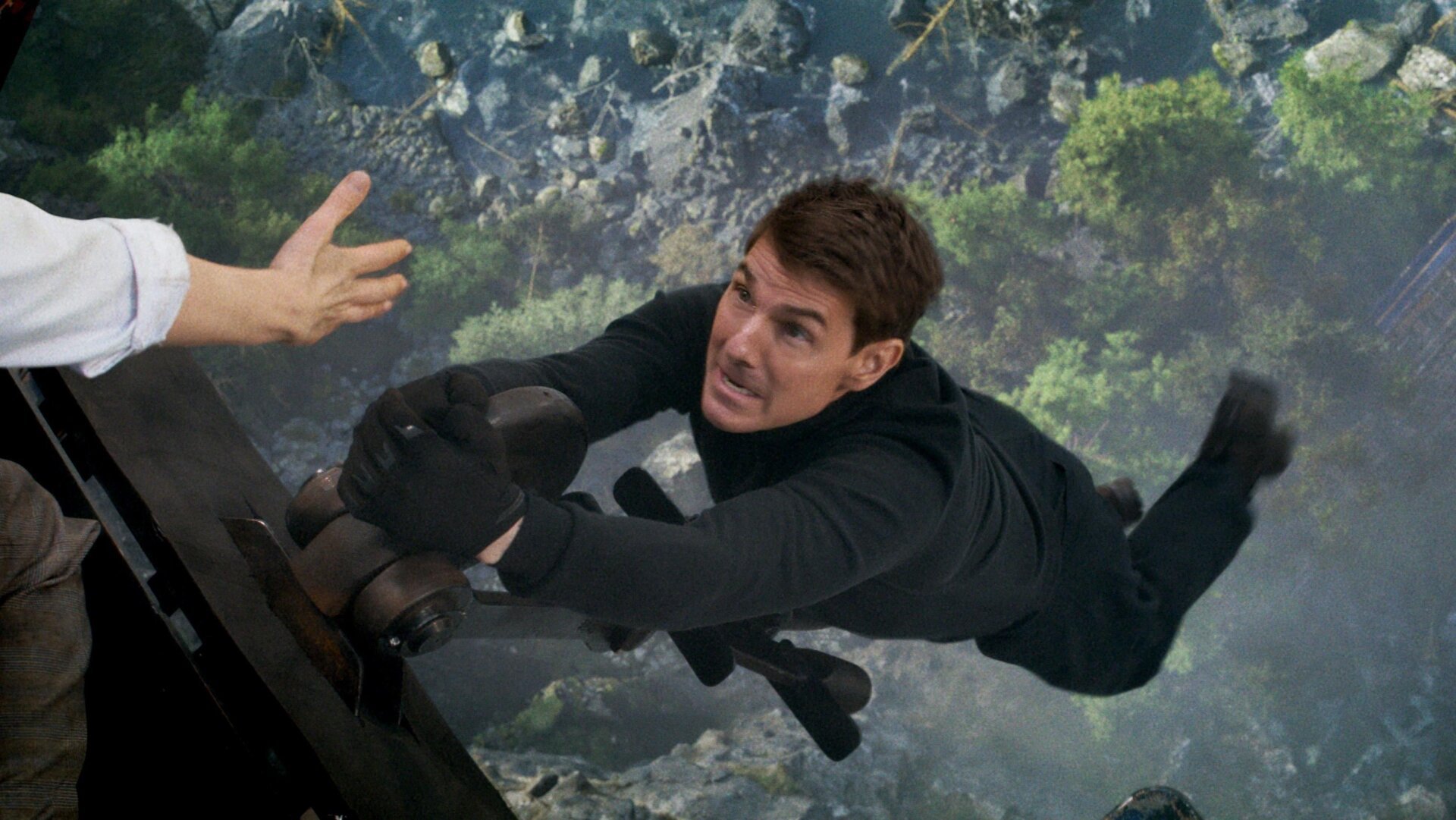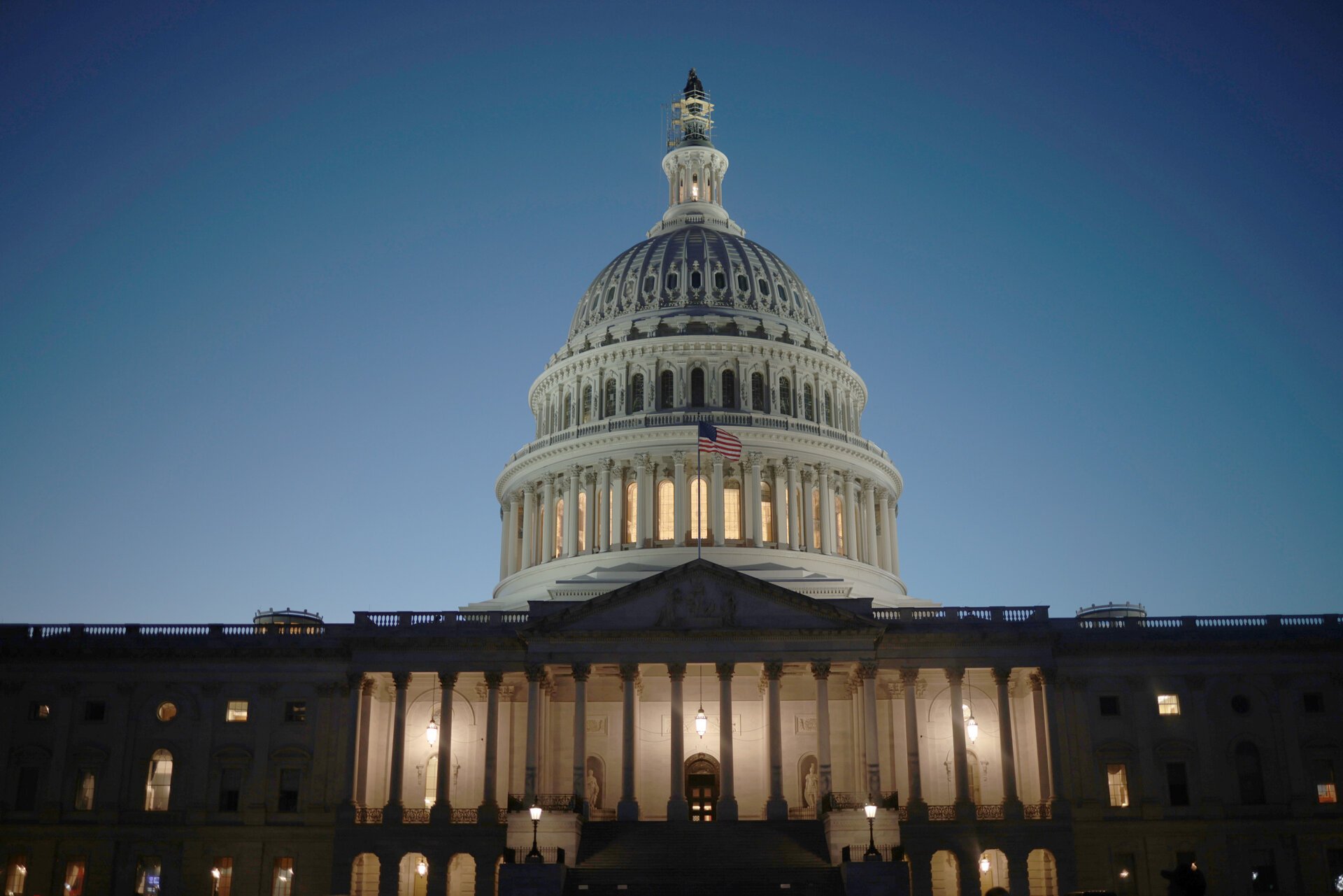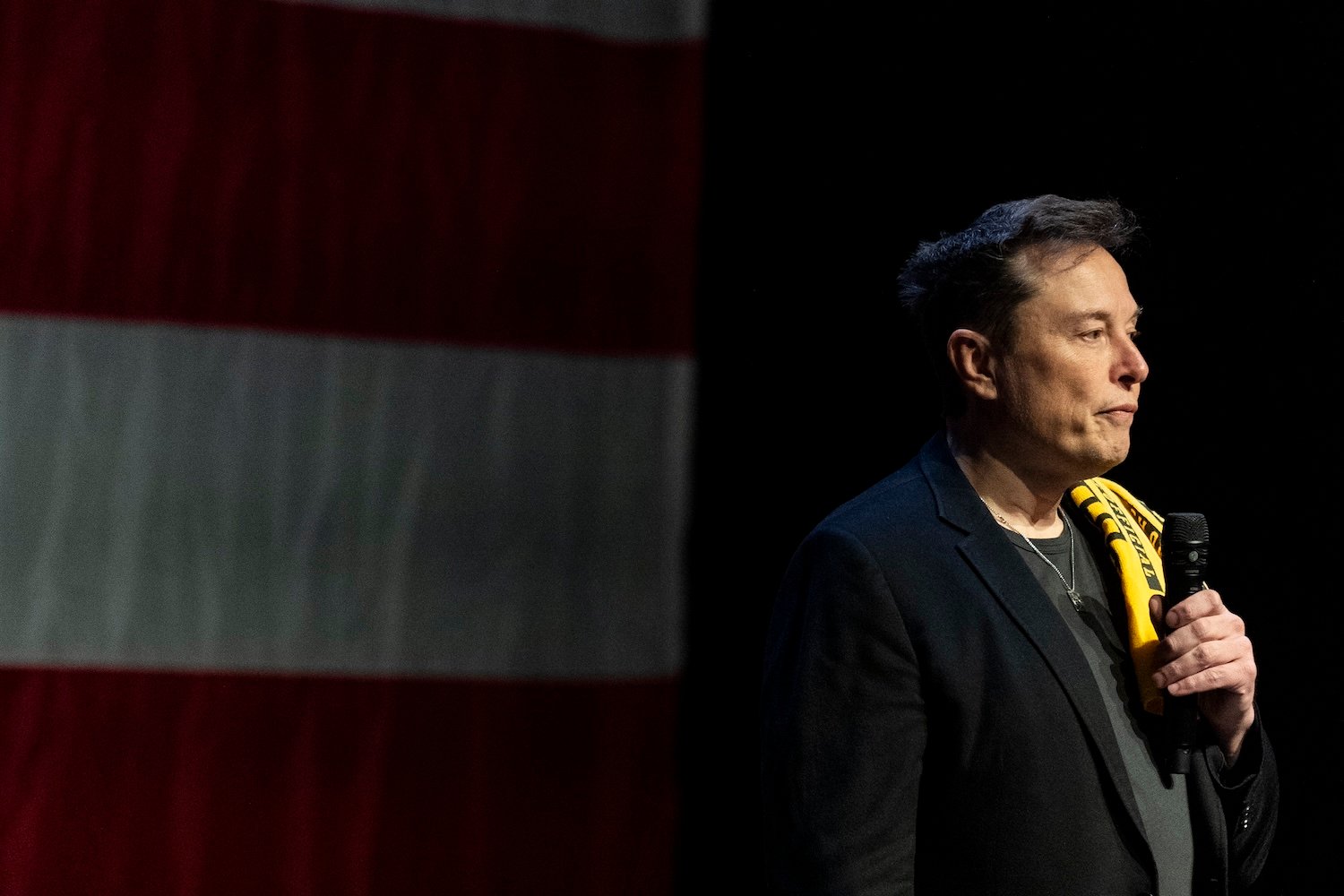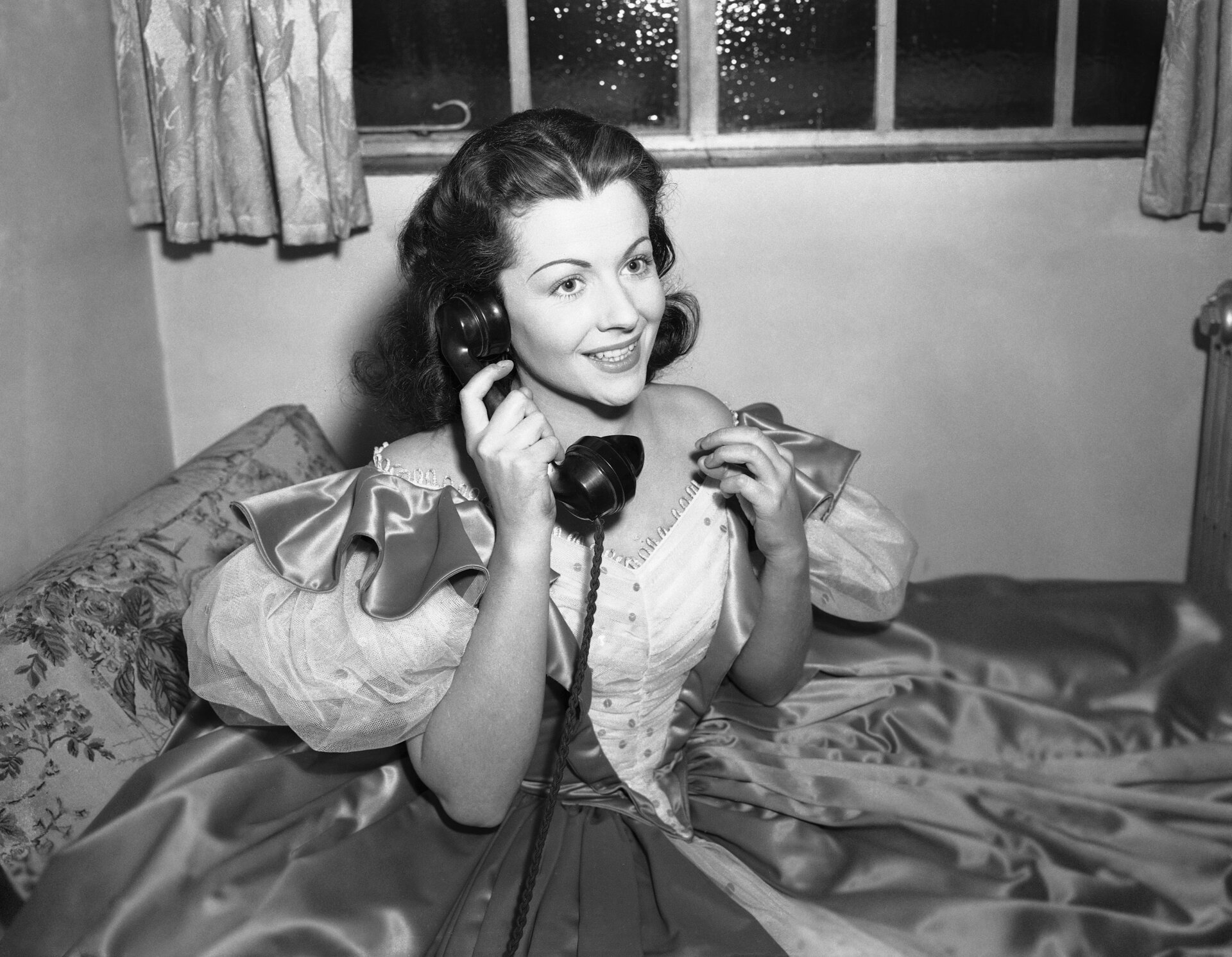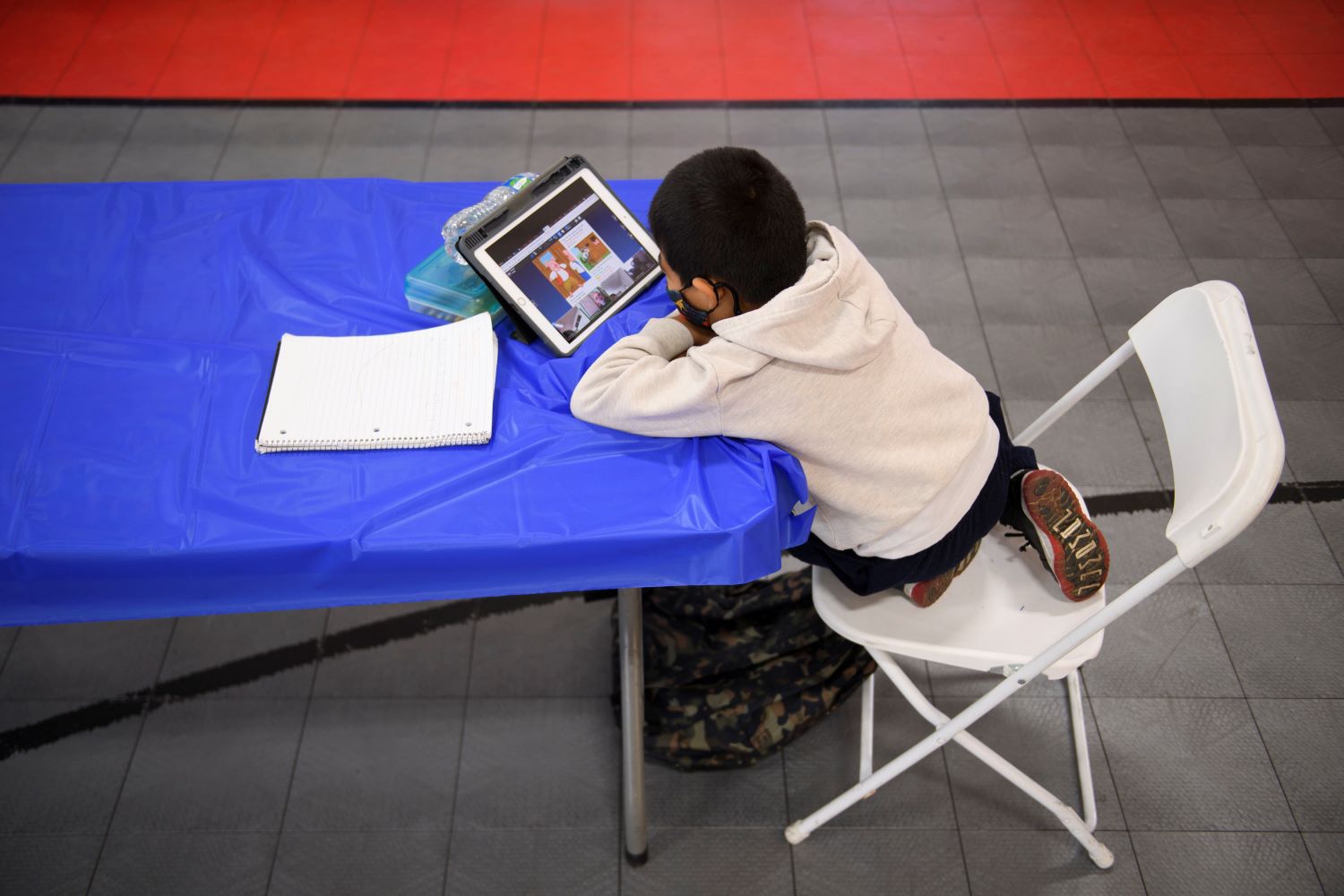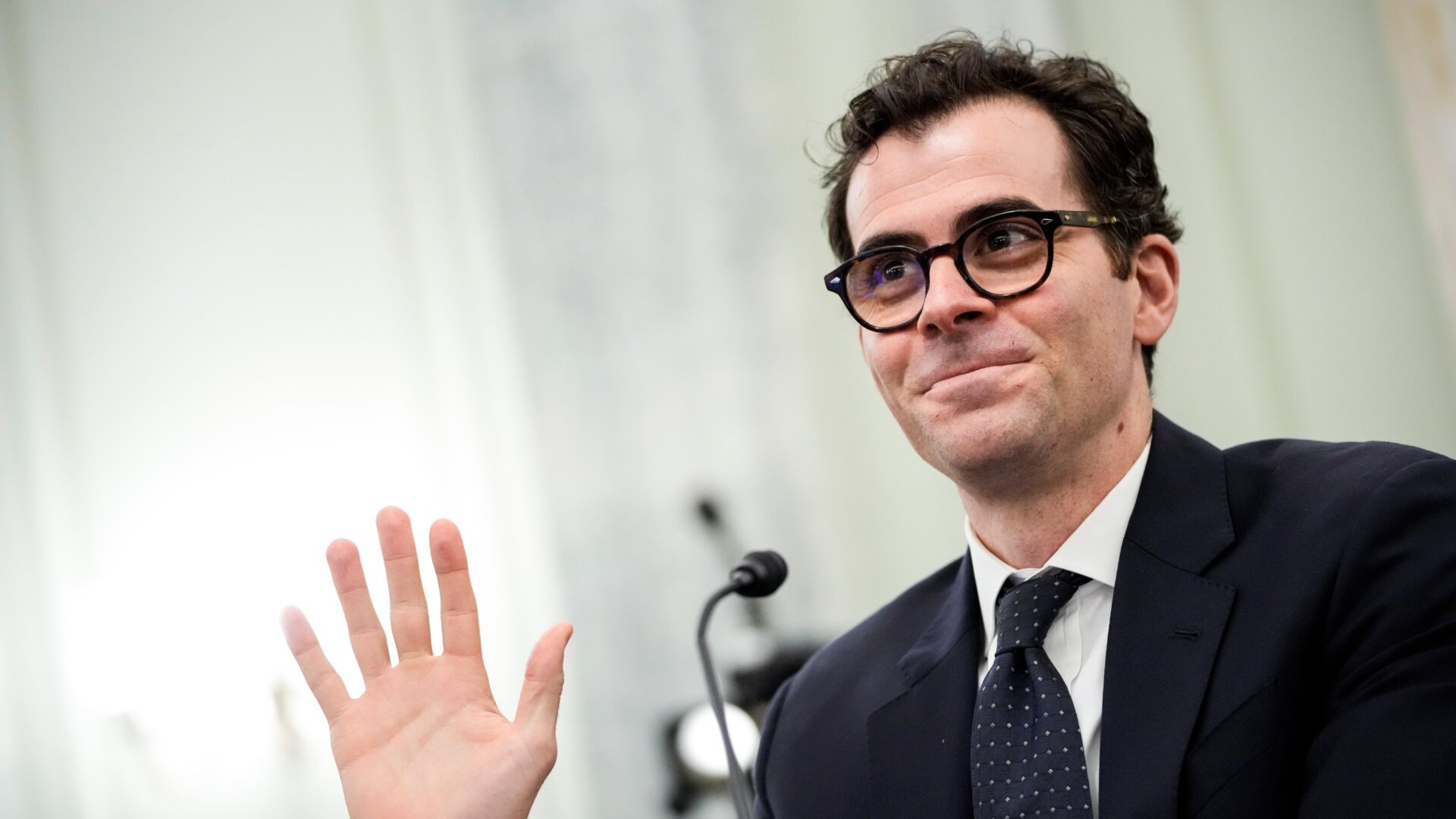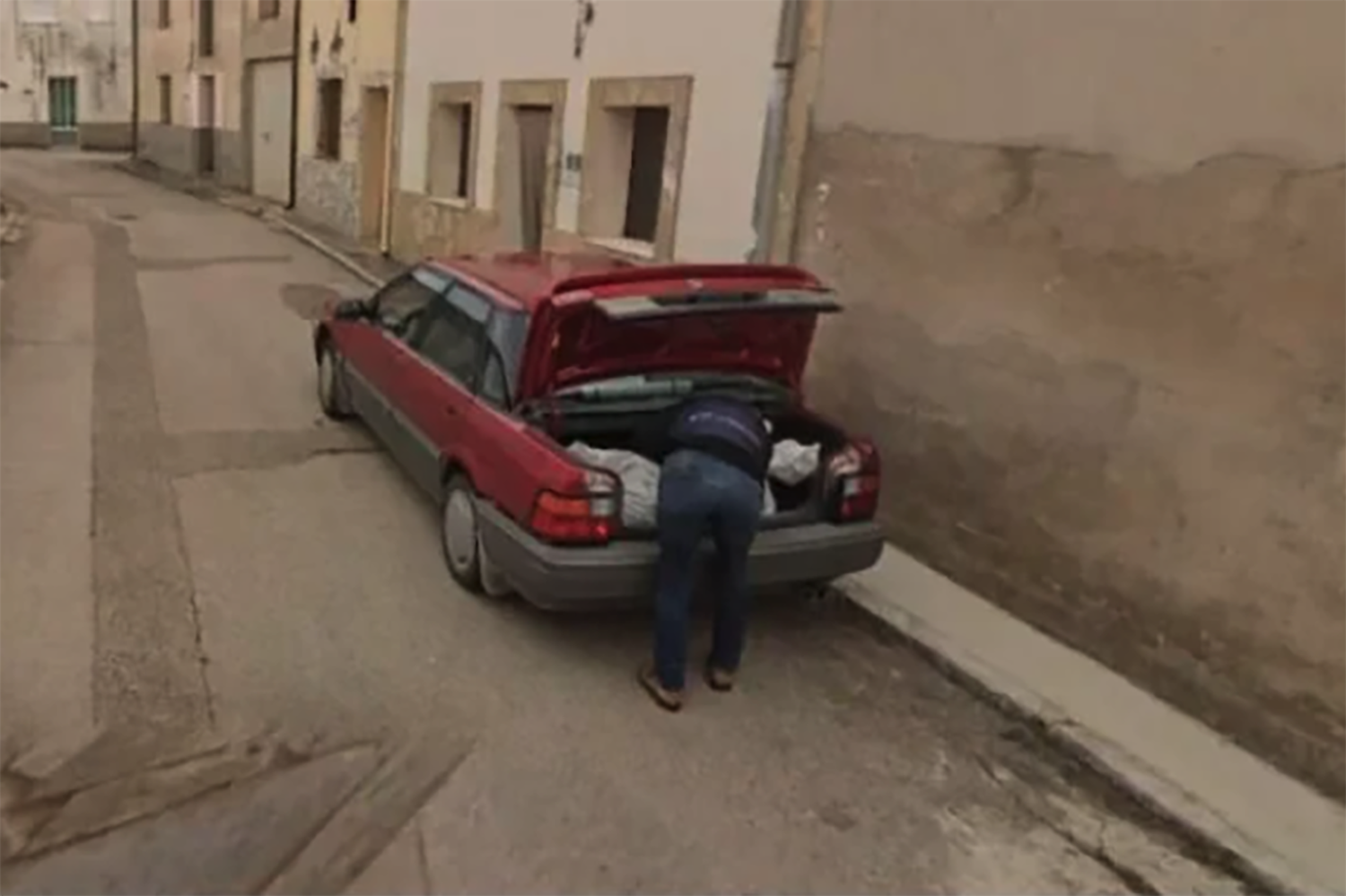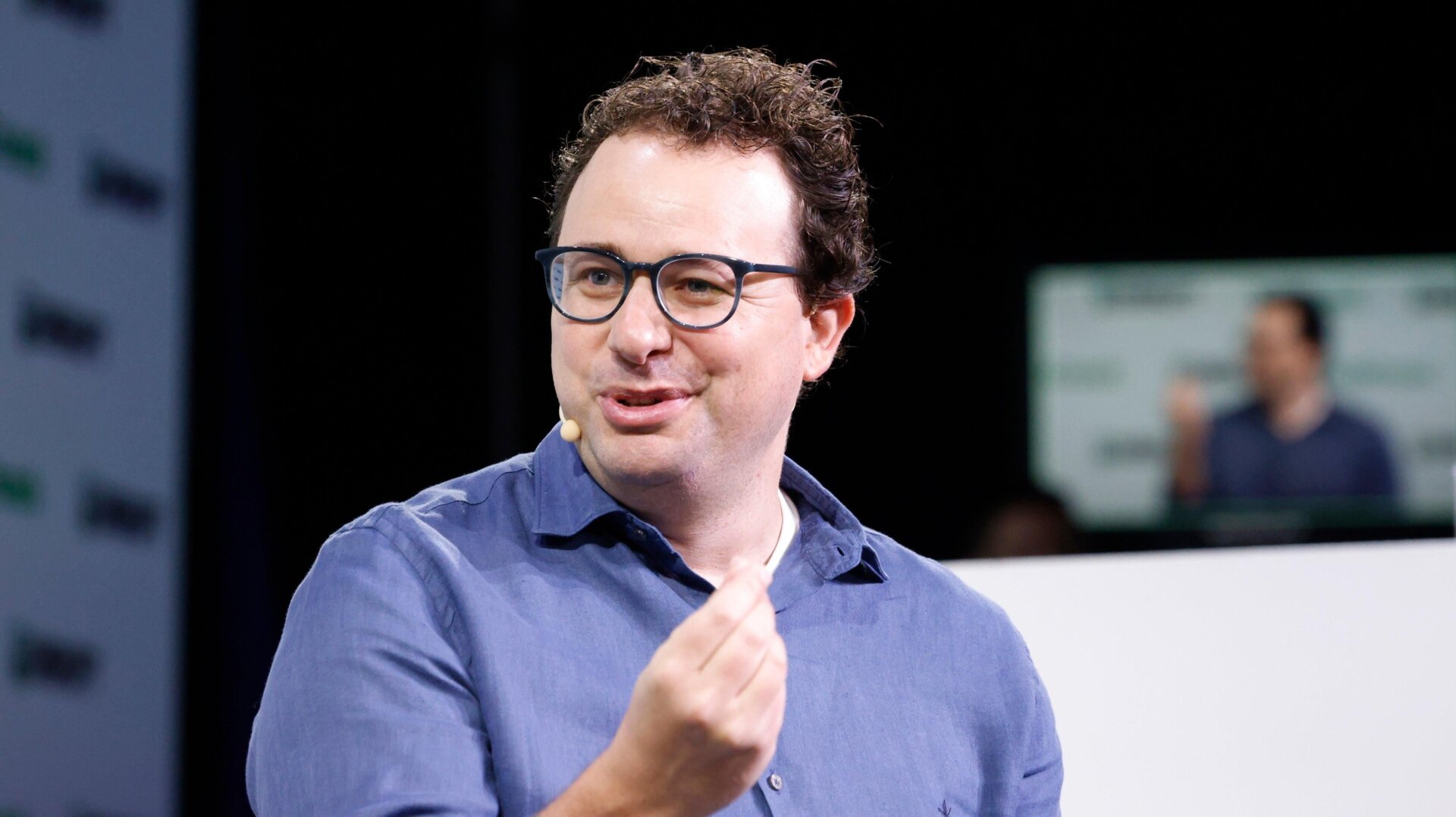YouTube is partnering with Creative Artists Agency (CAA) to develop and test “likeness management technology.” This AI-powered tool aims to identify and flag AI-generated content featuring unauthorized depictions of celebrities, empowering them to request removals. Testing is slated to begin early next year.
From Deepfake Tom Cruise to AI Likeness Management
Just a few years ago, a deepfake of Tom Cruise captivated the internet. While creating such content then required significant manual editing, generative AI has simplified the process, leading to a surge in unauthorized celebrity depictions. Instances range from personalities like Joe Rogan being deepfaked for product endorsements to more malicious uses, such as AI-generated explicit deepfakes targeting Congresswomen.
Leveraging Content ID Expertise
YouTube’s existing Content ID system, a cornerstone in protecting copyrighted material, serves as a foundation for this new initiative. Content ID fingerprints copyrighted content and alerts copyright holders of unauthorized uploads. They can then choose between removal or monetization through advertisements. The likeness management technology will build upon this established framework.
CAA Partnership and the Future of Likeness Rights
CAA’s involvement as a partner is strategic. The agency already maintains a database of clients’ digital likenesses, including facial features, body images, and voice recordings. This collaboration comes on the heels of SAG-AFTRA’s agreement allowing actors to sell the rights to their voice replicas for advertising, reflecting a shifting landscape in likeness ownership.
The Complexities of Digital Likeness Rights
The concept of selling likeness rights sparks debate. While some view computer-generated likenesses with skepticism, for celebrities, it presents a potential revenue stream. This emerging market could parallel the recent trend of musicians selling their music catalogs for substantial sums. Imagine a scenario where actors like Tom Cruise could license their likeness for future films even after retirement – a lucrative prospect, albeit with potential implications for creative control.
Addressing the AI-Generated Content Dilemma
YouTube’s introduction of AI features for creators, such as automatic dubbing for broader reach, ironically contributes to the problem it now seeks to address. The likeness management technology is, in a sense, a countermeasure to the challenges posed by the very AI advancements fostered by YouTube and its parent company, Google.
Expanding Access to Likeness Protection
YouTube plans to expand access to its likeness management technology to more creators over time, signaling a commitment to addressing the evolving challenges of AI-generated content and its impact on individual likeness rights.



